
Brutalist architecture emerged in the 1950s as a reaction against the lightness and decoration of 1930s modernism. Instead, brutalism focused on the authenticity of materials like concrete, emphasizing their raw, sculptural qualities. The term “brutalism” comes from the French “béton brut,” meaning bare concrete. The style is characterized by simple, block-like forms and extensive use of exposed, unfinished concrete exteriors that reveal the imprints and textures from wooden shuttering used to cast it. Façades have a rugged, unrefined look and often incorporate visible structural elements like beams and columns as part of the aesthetic. Brutalist buildings usually have a strong, massive, monolithic appearance with repetitive, modular designs. Architects like Le Corbusier pioneered the style, primarily through raw concrete housing projects like his Unité d’Habitation (1952). British architects Alison and Peter Smithson were also key figures who further developed brutalism, particularly in postwar reconstruction in England. The devastation of World War II was a significant influence, as ruined cities needed low-cost, functional rebuilding. Brutalism was frequently used as its modular concrete forms could be inexpensively constructed. Concrete gives brutalist buildings their raw, unadorned aesthetic. Architects left it unfinished, with the patterns from wooden forms exposed, to express the construction process. Other materials like brick, glass, steel, and stone are also found in brutalist designs. Fundamental design principles include exposing elemental building materials, expressing architectural function through exterior forms, and creating monumental, imposing shapes. These principles synthesize modernist ethics with historical and cultural contexts. Brutalism originated as a mid-century style, and architects today are incorporating its ideas in new ways. Exposed concrete interiors, prefabricated modules, and parametric modeling enable modern adaptations. Technologies like digital fabrication permit more complex, brutalist-inspired shapes.
What is Brutalist architecture?
Brutalist architecture is a style of architecture that emerged in the 1950s and grew out of the modernist style. It is characterized by simple, block-like forms and the extensive use of exposed concrete as the primary building material. “brutalism” originated from the French term “béton brut,” meaning raw concrete. The style is associated with the architecture of Le Corbusier, especially his use of béton brut. British architects Alison and Peter Smithson were key figures in developing the brutalist style. Brutalist buildings usually have a strong, massive, monolithic appearance with blocky and geometric shapes. They often have a repetitive modular design. Standard features include exposed structural elements, unfinished surfaces, angular geometries, and minimal ornamentation. Façades tend to be stark and fortress-like. Brutalism was popular from the 1950s to the mid-1970s, especially for government and institutional buildings like universities, libraries, courts, and city halls. Prominent examples include the Barbican Estate in London, Habitat 67 in Montreal, the National Theatre in London, and Boston City Hall.
What are the defining characteristics of Brutalist architecture?
Brutalist architecture is characterized by its massive, monolithic forms and exposed concrete exteriors. The style first developed in post-war Britain through the work of architects like Alison and Peter Smithson. They incorporate visible structural elements like beams, columns, and service features as part of their aesthetic. The goal was to honestly express buildings’ underlying function and construction methods using raw materials like concrete, steel, glass, and brick. Exteriors tend to have a rugged, unrefined look, with unfinished concrete that reveals the texture of wooden molds used to cast it. Brutalism fell out of favor by the late 1970s as the style became associated with urban decay and social problems. Critics saw it as cold, uninviting, and even oppressive. However, in recent decades, brutalism has seen renewed interest and appreciation for its sculptural forms and uncompromising aesthetic and socialist underpinnings.
What influenced the development of Brutalist architecture?
The devastation of World War II was a significant influence, as there was an urgent need for inexpensive reconstruction and housing in Europe’s cities after the war. Brutalism emerged particularly in England during the postwar reconstruction projects but soon spread to other countries. Architects like Le Corbusier were influential, especially his raw concrete housing projects like the Unité d’Habitation (1952), which revealed the imprint of the wooden concrete forms. Brutalism was a reaction against the lightness and decoration of 1930s modernism. Instead, brutalism focused on the authenticity of materials like concrete, emphasizing their raw, sculptural qualities. Brutalism was frequently used for government, institutional, and residential buildings as its large, modular forms could be inexpensively constructed with bare concrete. High-rise housing projects provided needed urban housing but were sometimes seen as oppressive.
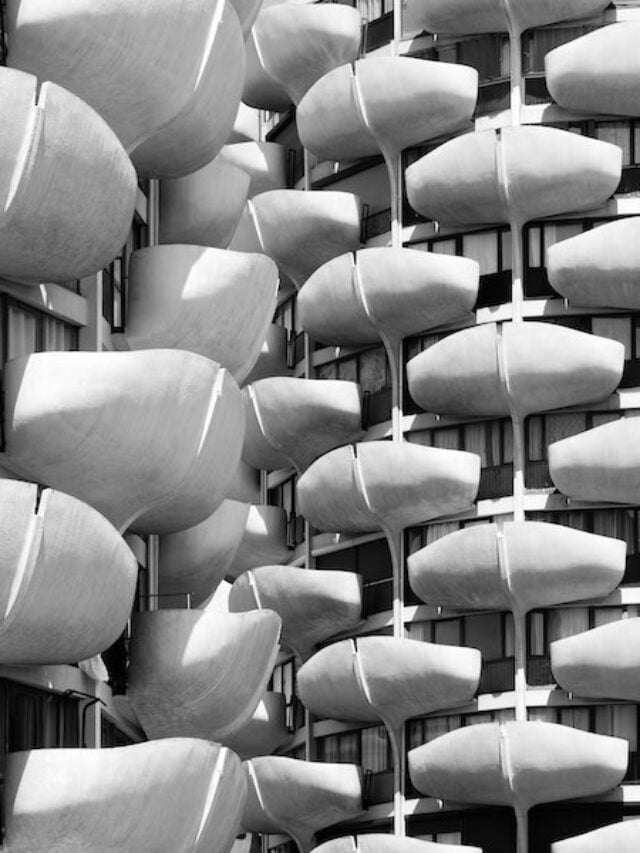
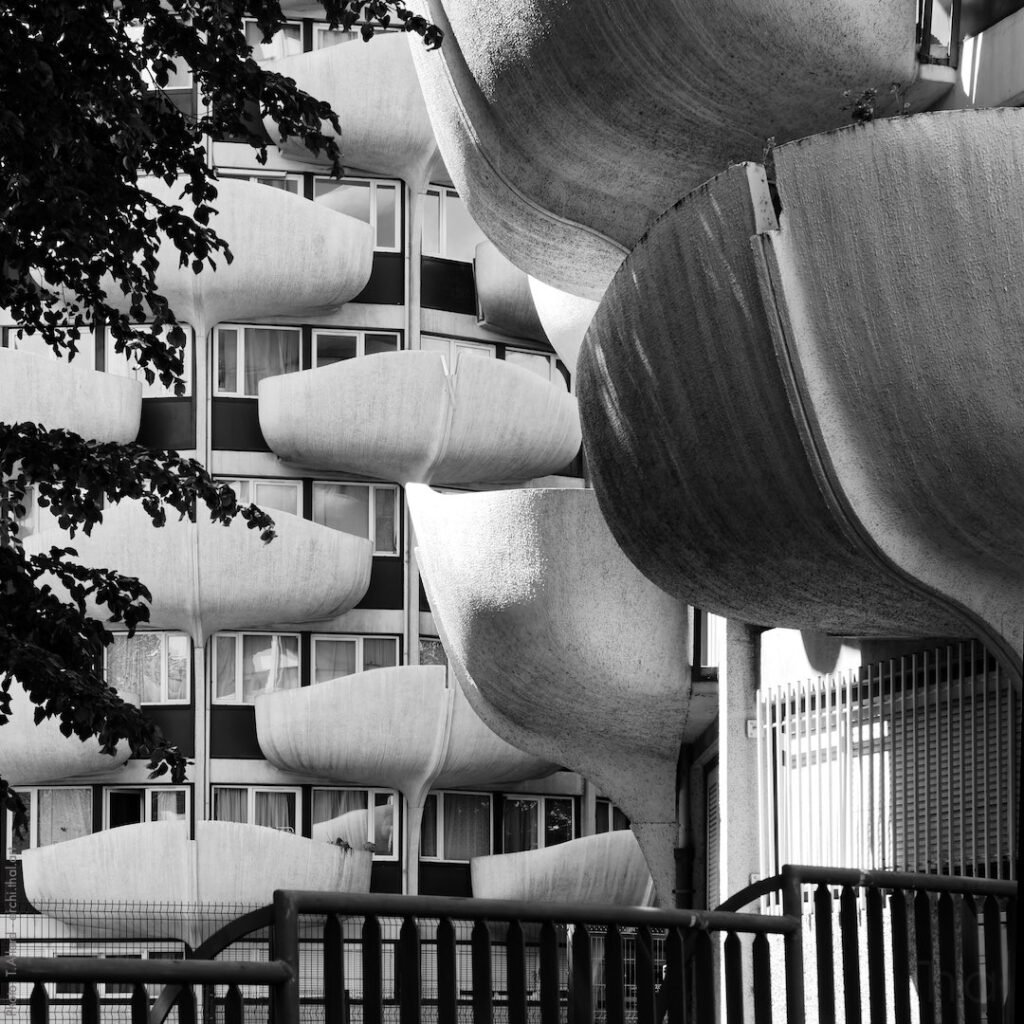
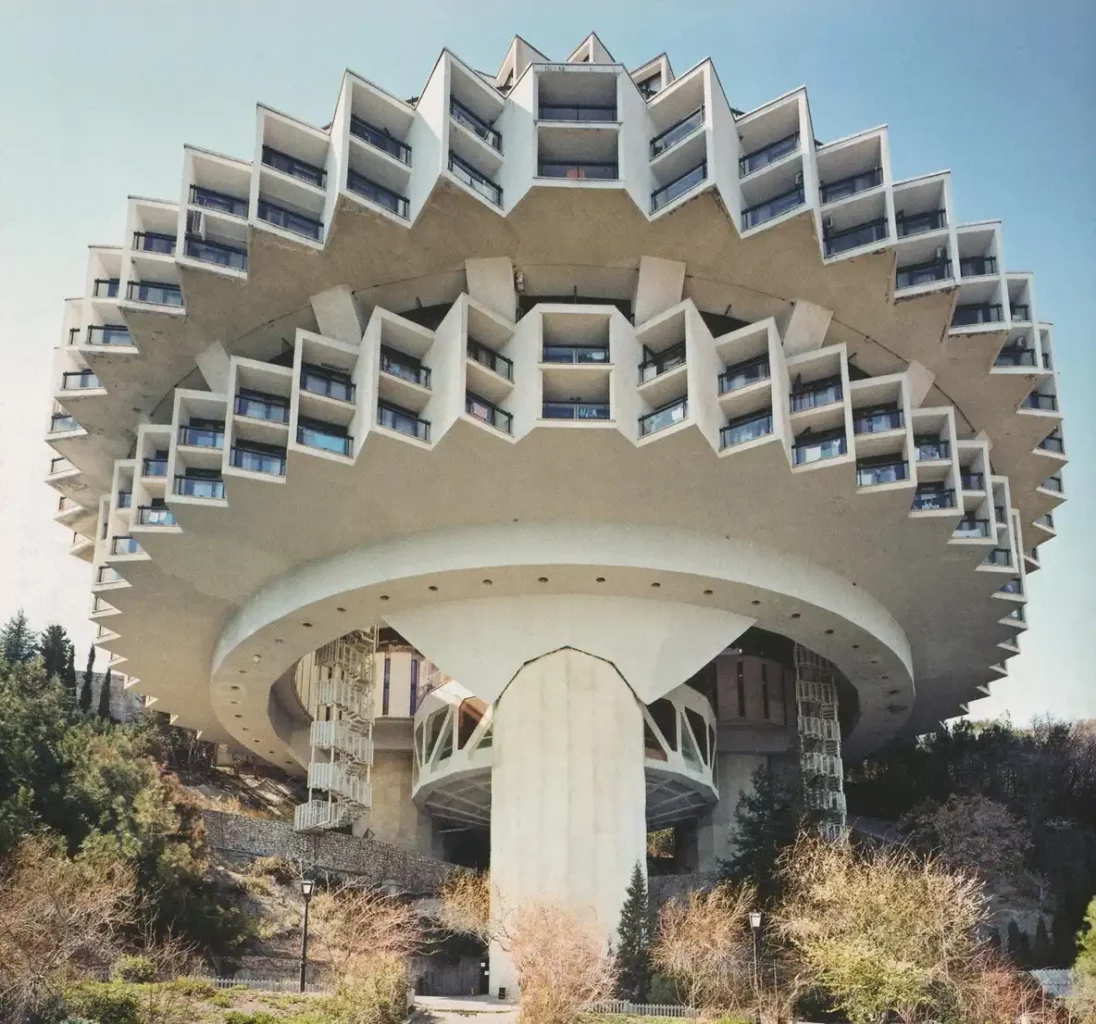
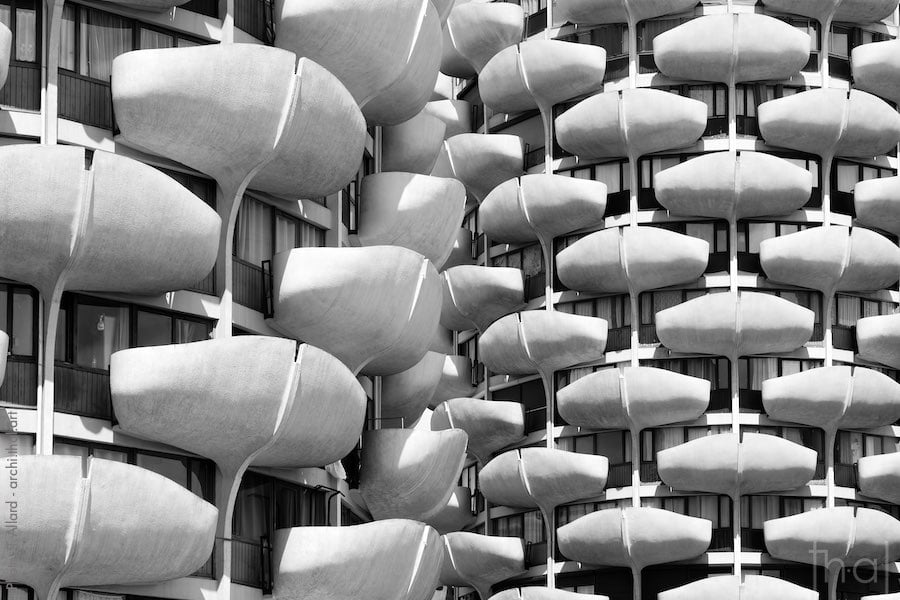
What are the iconic examples of Brutalist architecture around the world?
Le Corbusier’s Unité d’Habitation in Marseille is considered one of the first and most influential brutalist buildings. Its imposing concrete form, modular design, and integration of community functions pioneered vital aspects of the style. Other seminal works include the National Theatre in London in 1976 by Denys Lasdun, featuring robust concrete geometric shapes, and Boston City Hall in 1968 by Kallmann McKinnell & Knowles, known for its strong, fortress-like substantial volumes. The Barbican Estate in 1982 by Chamberlin, Powell, and Bon exemplifies brutalist social housing with its sprawling scale, textured concrete surfaces, and elevated walkways. The Trellick Tower in 1972, also in London by Ernő Goldfinger, is a 31-story brutalist apartment building distinguished by its separate service tower. In Washington, D.C., the FBI Headquarters in 1975 by Charles F. Murphy and Associates conveys monumental civic authority through its stark concrete façade. The Salk Institute 1965 in California by Louis Kahn displays the refined, sculptural side of brutalism, with its precise, travertine-clad volumes set in a tranquil plaza.
Who is the most representative architect of Brutalist architecture?
Le Corbusier was the brutalist architecture movement’s most influential and iconic architect. His pioneering work, like the Unité d’Habitation apartment complex in Marseille, France, built in 1952, is considered the beginning of brutalist architecture, using raw, unfinished concrete, modular design, and expressive sculptural forms. Le Corbusier’s buildings embodied the core tenets of brutalism, focusing on functionality and rejecting unnecessary decoration. Other notable brutalist architects like Alison and Peter Smithson in the UK and Paul Rudolph in the US further developed the style in the 1950s and 60s. Le Corbusier first demonstrated the radical creative possibilities of rough concrete, open floor plans, and the blunt, geometric aesthetic that became hallmarks of brutalism. Le Corbusier’s influence shaped the widespread adoption of brutalist architecture for civic and residential buildings in the postwar period.
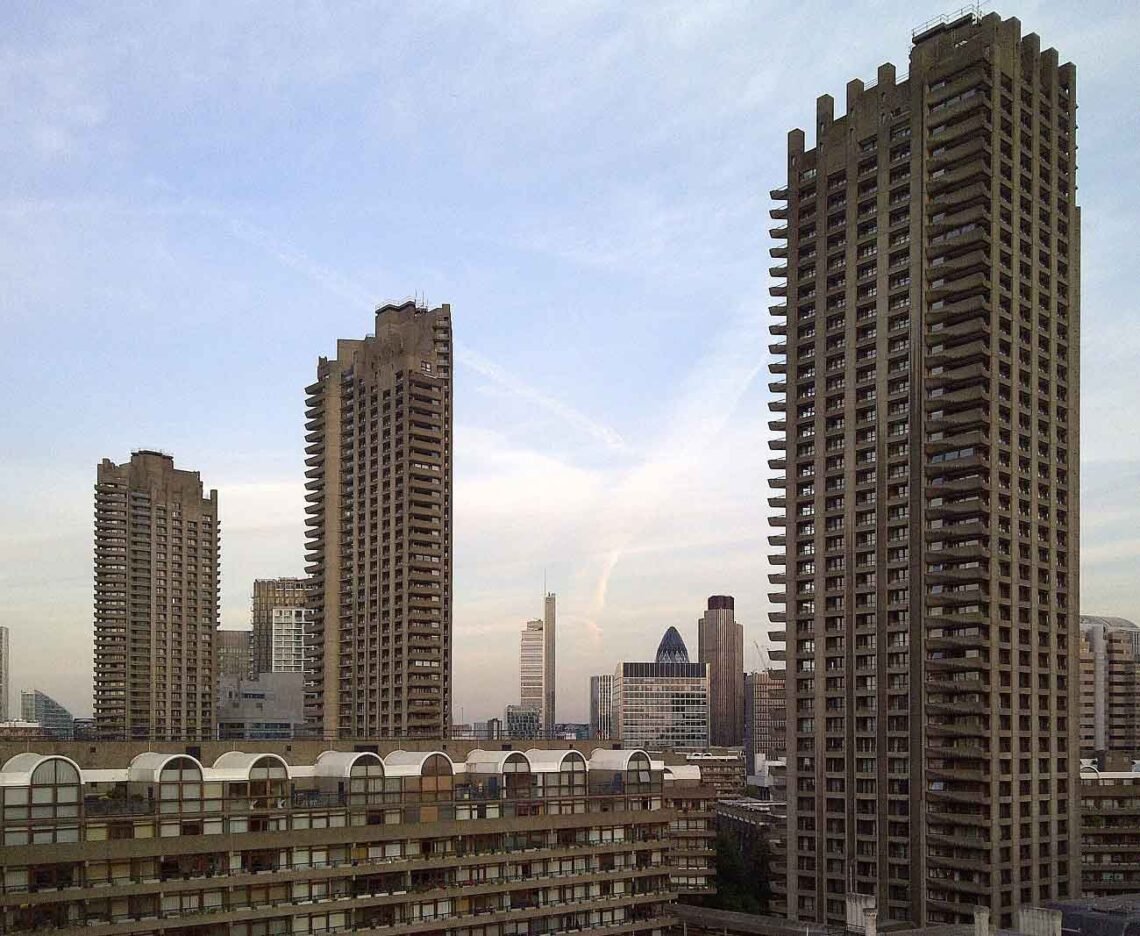
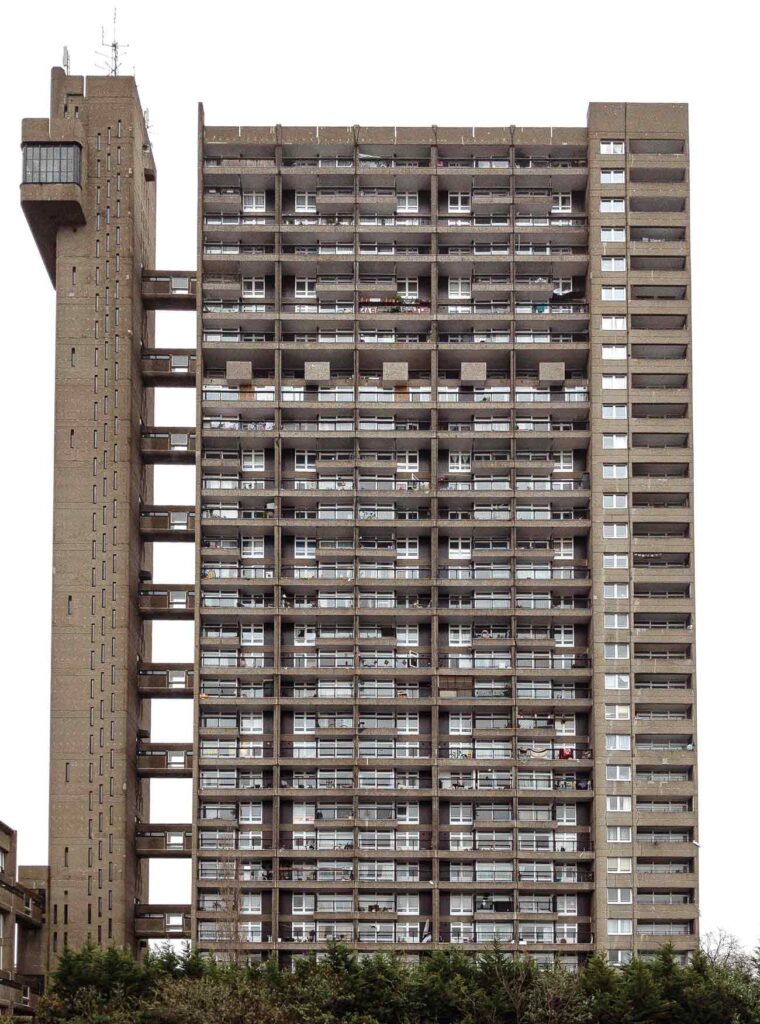
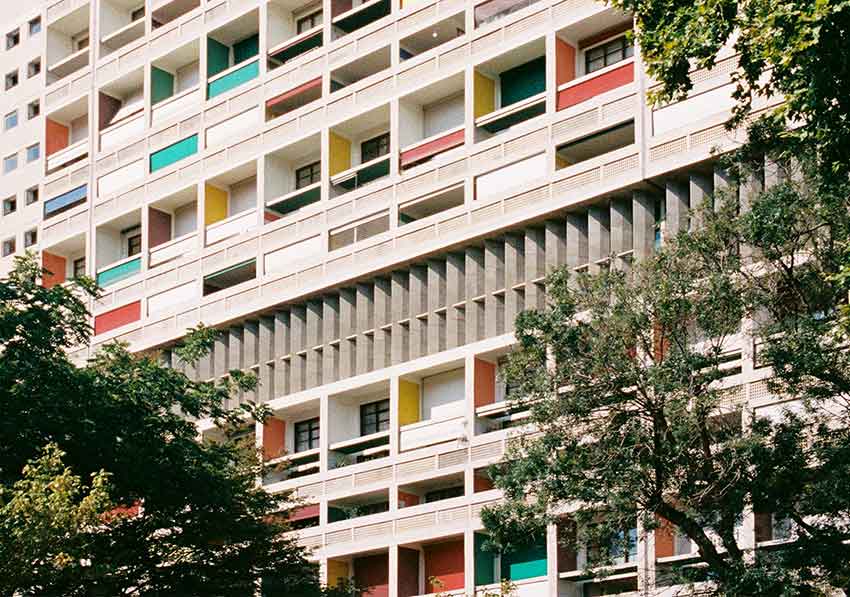
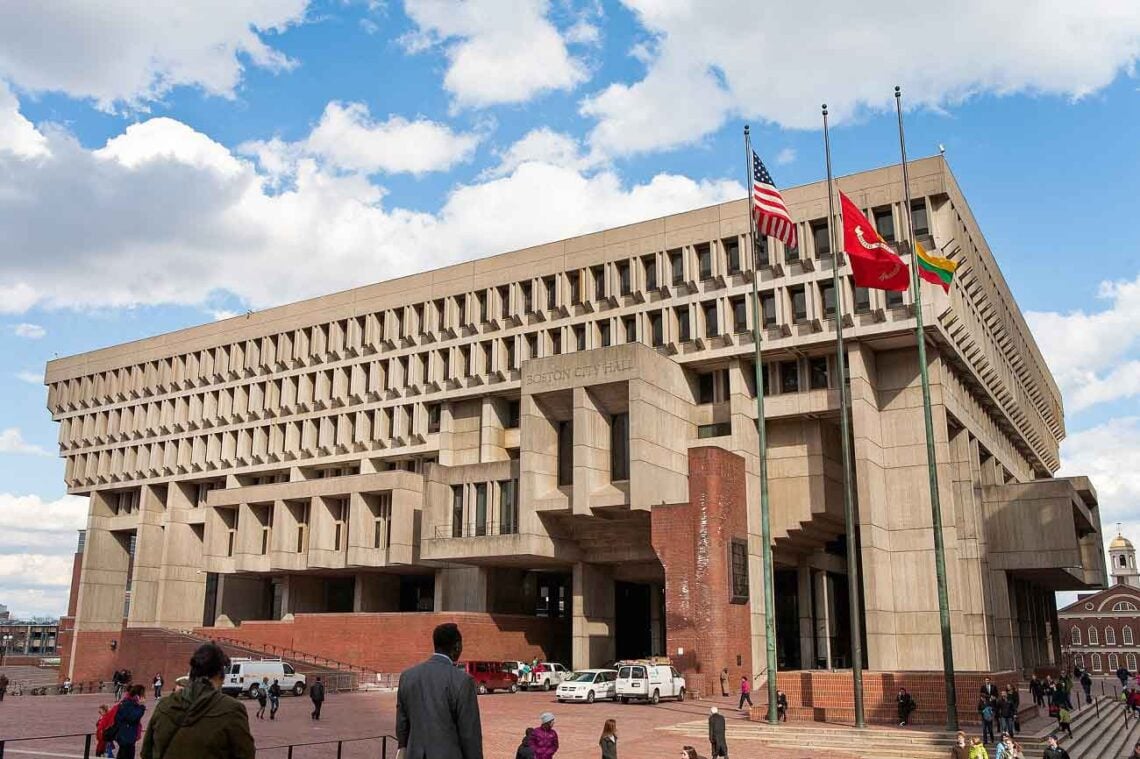
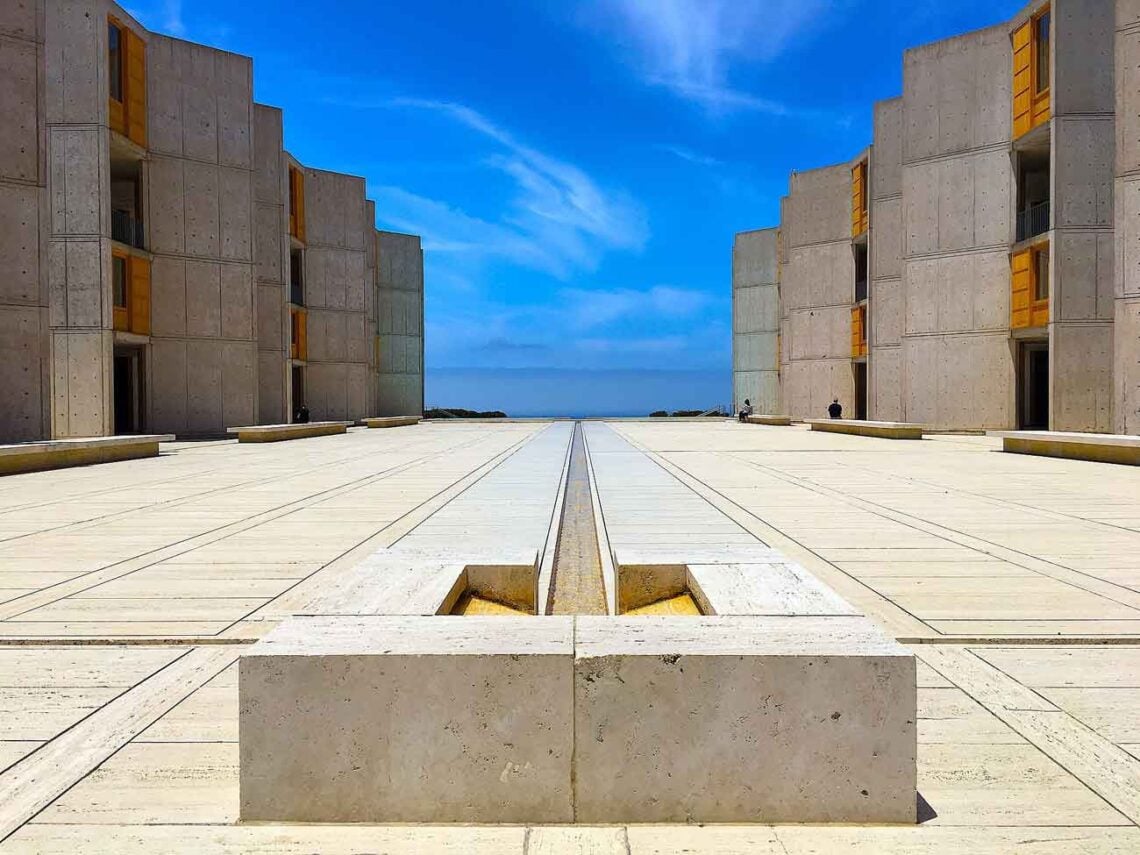
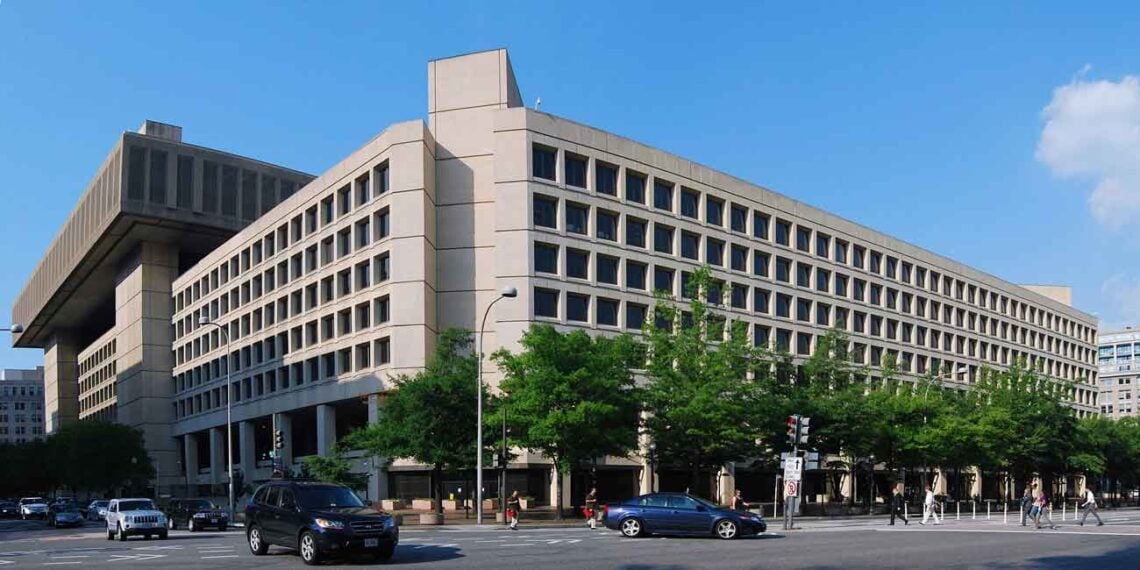
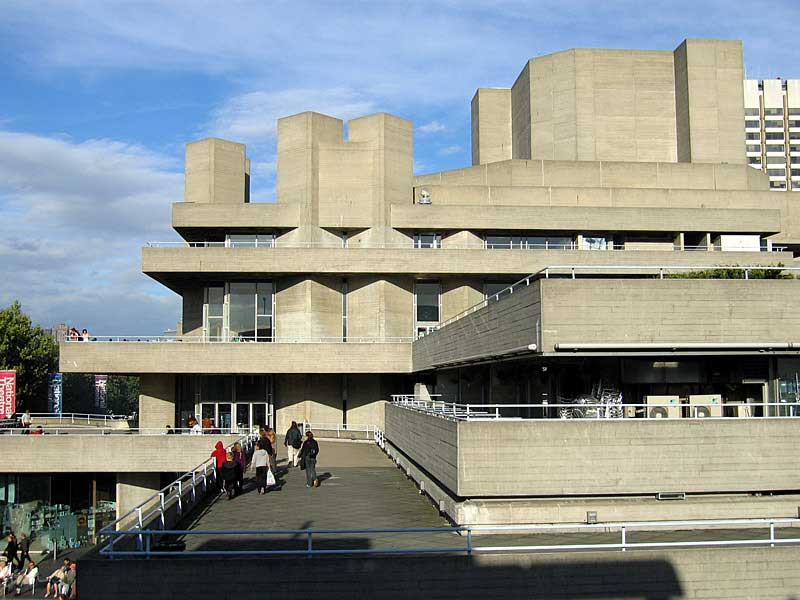
What materials are used in Brutalist buildings?
Concrete is the material of brutalist architecture. Exposed or raw concrete surfaces are a hallmark of the style, leaving the imprints and textures from wooden shuttering and formwork visible. Reinforced concrete allows brutalist buildings to have dramatic shapes and cantilevers. Other materials like brick, glass, steel, stone, and wood are also used in brutalist designs. Architects chose to leave the concrete unfinished, with patterns from the wooden forms and rough surfaces exposed. This expressed the construction process itself. The brutalist style embraced concrete for its plasticity and ability to be cast and shaped creatively. Concrete’s rough textures and monolithic forms aligned with the style’s bold, imposing aesthetic. Le Corbusier described concrete as providing “incredible resources, variety, and a passionate plasticity” for architecture.
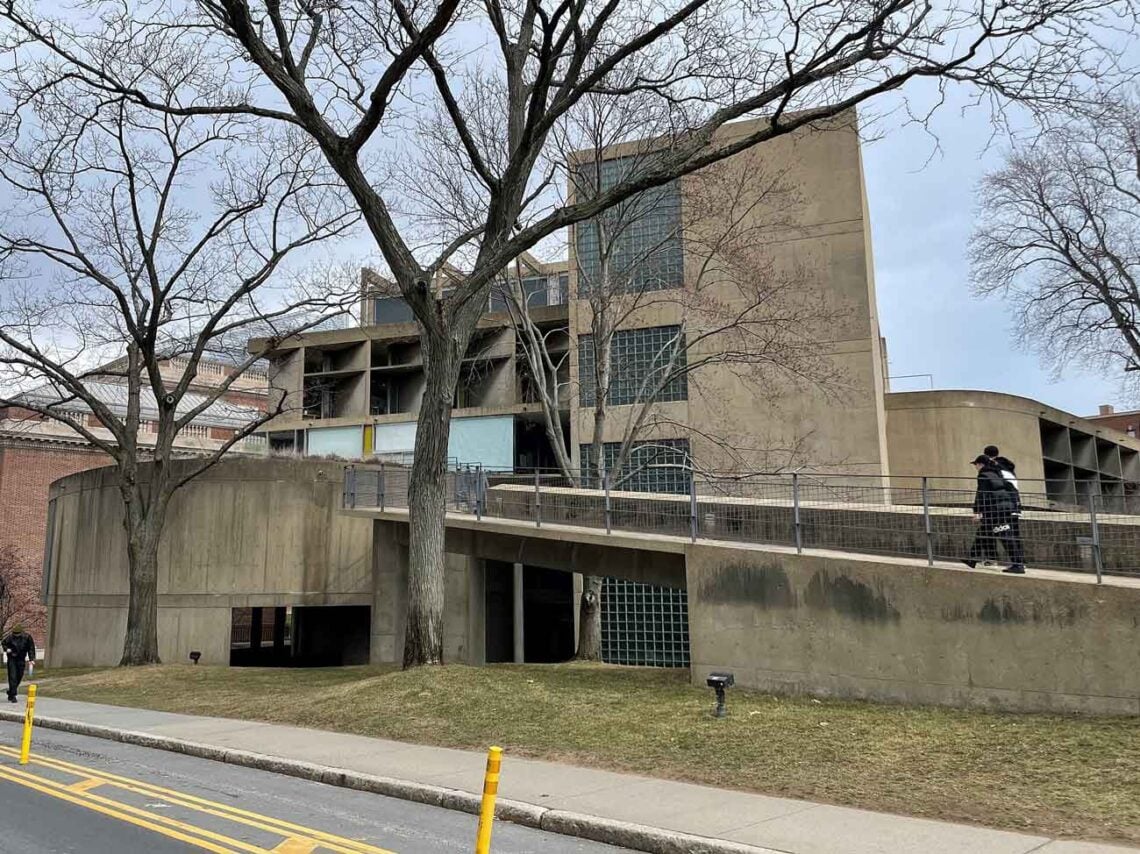
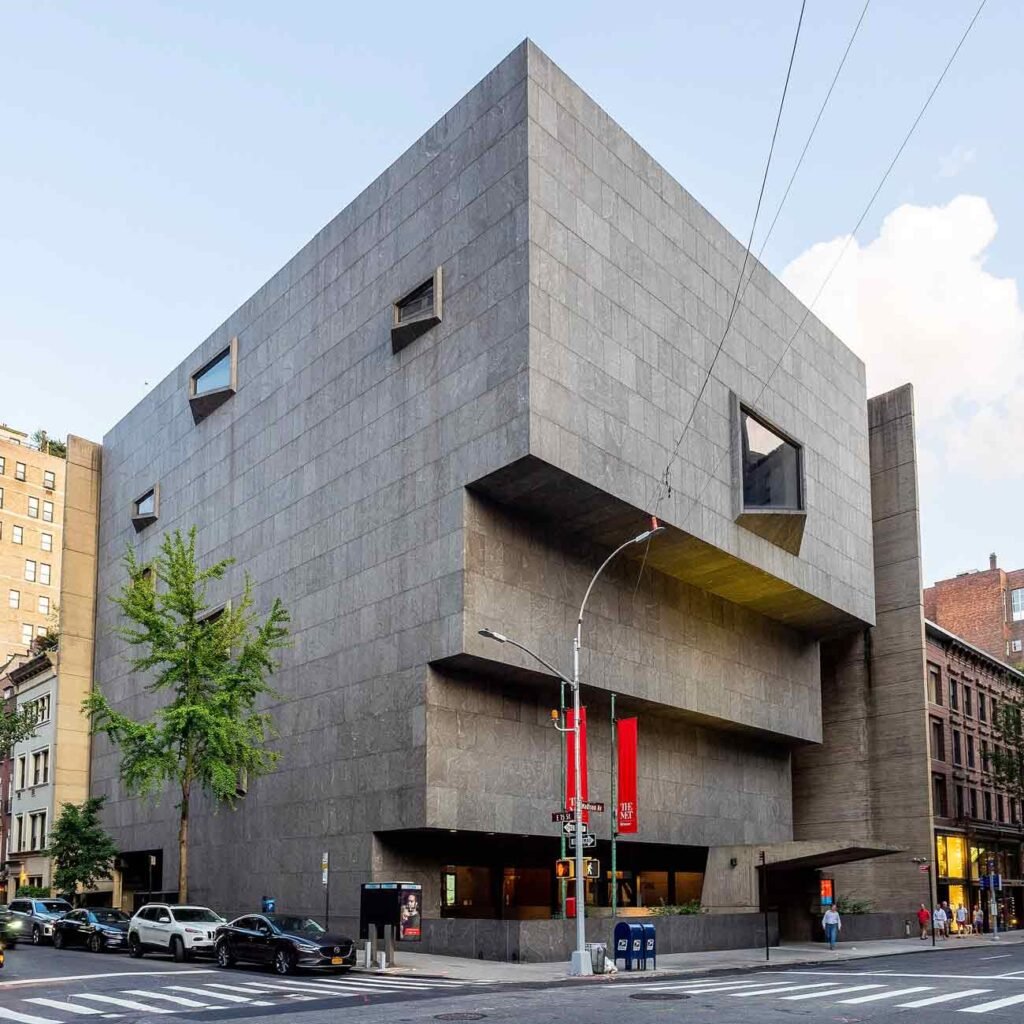
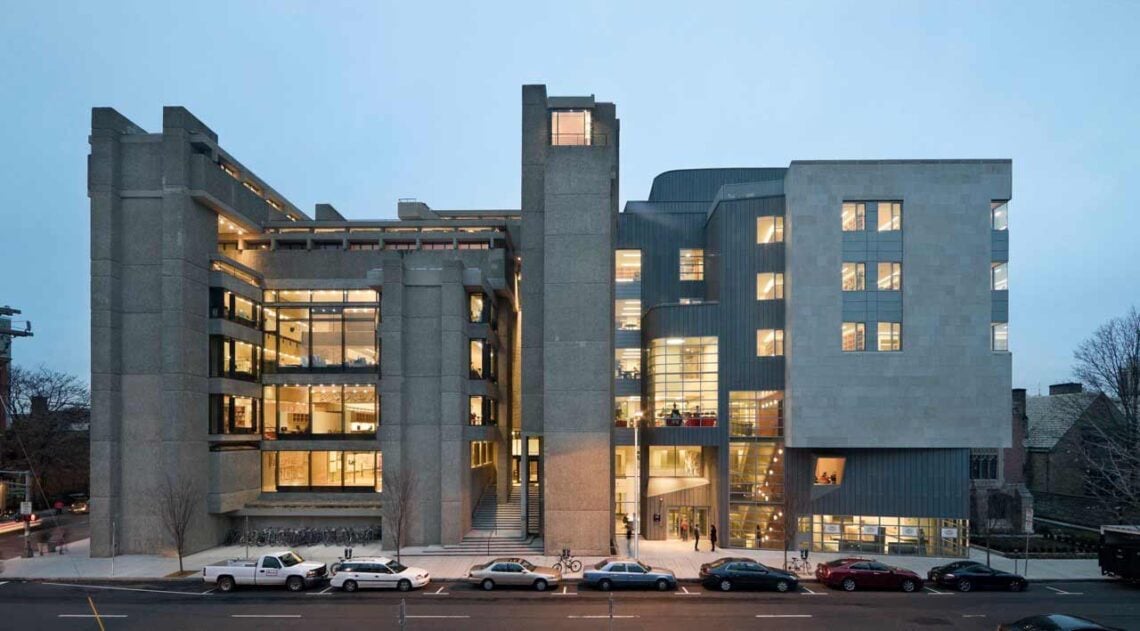
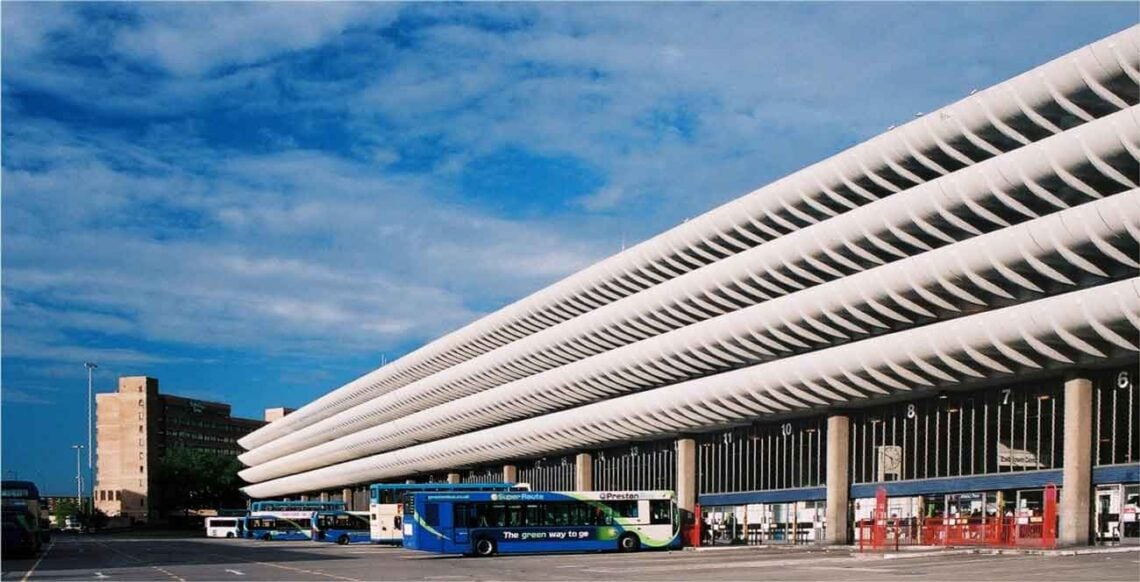
What are the design principles in Brutalist architecture for an architect?
Brutalist design principles emphasize raw materiality. Exposing the innate texture of concrete, brick, and stone is central. Architects avoid concealing these honest surfaces behind additional finishes or cladding. Showcasing the buildings’ elemental materials relates to the ethical emphasis on truth and functionality in the brutalist aesthetic. Expressing architectural function is another critical brutalist principle. The exterior form and internal organization of brutalist buildings directly convey their purposes. Public circulation realms and private zones become distinctly legible through extended shapes. Materials also hint at uses, like rugged concrete, suggesting civic robustness. This massiveness stems from exploiting concrete’s plasticity through techniques like bold cantilevers or faceted volumes. The above principles, like exposing materials and conveying function, create a unified brutalist architectural identity. They synthesize modernist ethics and aesthetics with sensitivity to cultural heritage and user experience.
What trends of Brutalist architecture can architects use now?
Brutalist architecture has trends that make brutalist elements relevant for modern architects. Firstly, exposed concrete interiors provide an authentic, raw aesthetic appealing to minimalist tastes. Concrete can be cast in bold shapes or left unfinished, contrasting with wood, brass accents, and neutral tones in interiors. Secondly, new waterproofing technologies allow concrete exteriors to withstand weathering better, making maintenance easier. Architects can create patterned, precast concrete panels or build striking in situ facades. Thirdly, brutalism’s modular construction translates well to prefabrication. Repetitive concrete units can be standardized for efficiency while allowing customization through varied arrangements and finishes. Fourthly, brutalist forms can be integrated with green architecture. Concrete absorbs heat, and strategic shading, window placement, vegetation layers, and water features like reflecting pools and fountains can offset this. Brutalism also suits building functions requiring flexibility and durability, like live-work spaces. Lastly, the digitally enabled parametric design allows the modeling of complex brutalist volumes optimized for site conditions, use, and aesthetics. Rather than reviving mid-century brutalism, architects can deploy its modular construction, honest use of concrete, expressive volumes, and sensitive integration of form and function to meet today’s needs while retaining a bold, contemporary aesthetic.
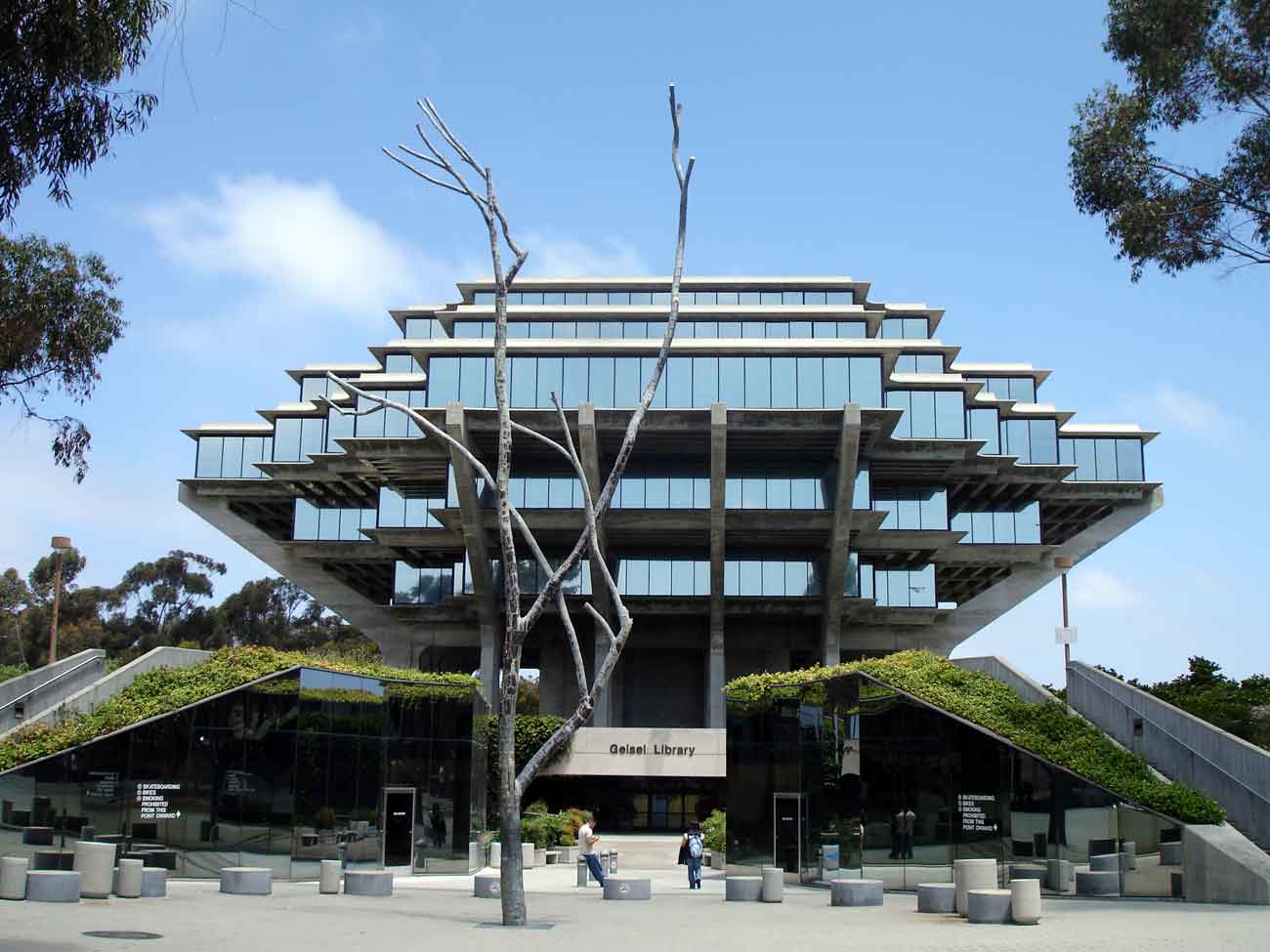
In what ways did Brutalist architecture reflect the cultural and social values of the time when it was most popular?
Brutalist architecture is known for its raw, imposing concrete forms; new technologies enable modern adaptations that put a fresh spin on the style. Advanced modeling software allows architects to create complex curved and faceted brutalist-inspired shapes that would have been unbuildable decades ago. Digital fabrication methods like 3D printing and CNC milling permit new textural possibilities in concrete with intricate surface patterns. Technologies like vacuum forming and flexible formwork also facilitate flowing, sculptural concrete forms referencing brutalist monumentality in updated ways. Innovative building materials and sustainable technologies are being integrated into modern brutalist design. Thermochromic substances change color in response to heat, while photocatalytic concrete helps reduce air pollution. Solar panels or living walls can be embedded into concrete facades. Interactive technologies are transforming brutalist structures into responsive environments. Kinetic fronts, media projections, and holograms can overlay dynamism onto static forms. Sensors and lighting effects create immersive interior experiences.
What are the economic challenges in maintaining or renovating Brutalist structures?
Brutalist buildings present several economic challenges due to their distinct design and construction methods. Firstly, the high cost of renovating and repairing exposed concrete is a quintessential brutalist material. Restoring deteriorated concrete is labor-intensive and costly. Secondly, brutalist buildings’ unconventional shapes and modular construction make renovations complicated and expensive. Upgrading electrical, plumbing, and HVAC systems within idiosyncratic superstructures represents an engineering challenge requiring customized solutions. Routine maintenance also tends to be more complex and costly due to accessibility issues. Thirdly, brutalist buildings were often designed with specific functions in mind, like civic governance or university needs. Adapting outdated brutalist structures to modern uses can require substantial interior and exterior alterations at great expense. Lastly, as concrete-heavy forms fell out of favor, many brutalist buildings failed to attract investment and declined. Their association with urban decay further hampered economic viability.
What movements have been influenced by or have influenced Brutalist architecture?
Brutalist architecture emerged in the 1950s as an offshoot of the modernist movement. Several key factors shaped its development. Post-war reconstruction needs were a major influence, as European cities required large-scale rebuilding after the destruction of World War II. Brutalism’s inexpensive concrete construction and functionalist ethos were well-suited to this task. Architects like Le Corbusier pioneered the style in housing projects. Brutalism also became closely linked to socialist ideals and egalitarian goals, which architects sought to promote through design. Many governments embraced brutalist civic buildings and housing estates as symbols of the welfare state. However, this socialist association later contributed to brutalism’s decline. Brutalists rejected the decorative purity of modernism’s International Style. They wanted architecture to reflect its real-world aims and materials honestly. This led to an emphasis on rugged unfinished concrete and expressive sculptural forms rather than streamlined facades.
What role does technology play in the modern interpretation and adaptation of Brutalist architecture?
Advanced modeling software allows architects to create complex curved and faceted brutalist-inspired shapes that would have been unbuildable decades ago. Digital fabrication methods like 3D printing and CNC milling permit new textural possibilities in concrete with intricate surface patterns. Technologies like vacuum forming and flexible formwork also facilitate flowing, sculptural concrete forms referencing brutalist monumentality in updated ways. Innovative building materials and sustainable technologies are being integrated into modern brutalist design. Thermochromic substances change color in response to heat, while photocatalytic concrete helps reduce air pollution. Solar panels or living walls can be embedded into concrete facades. Interactive technologies are transforming brutalist structures into responsive environments. In urban contexts, brutalist buildings are being augmented with digital interfaces. Media screens, digital signage, and projection mapping add a futuristic layer. Concepts like virtual reality tours reimagine how people engage with brutalist heritage sites.
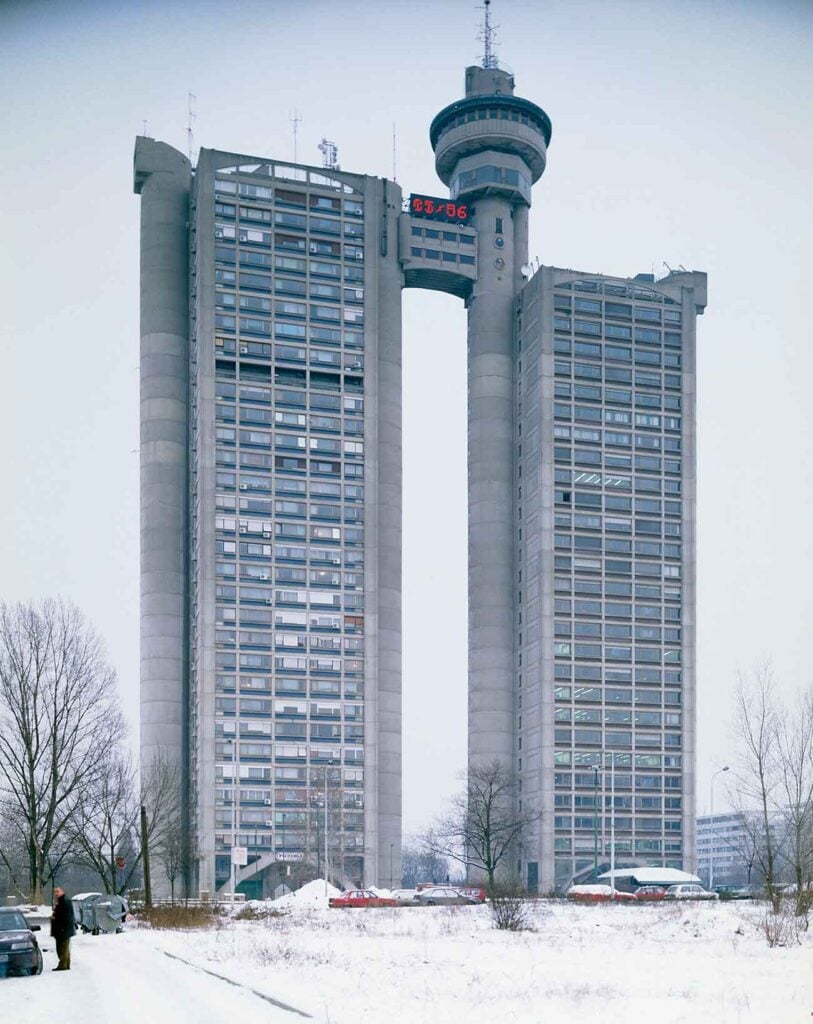
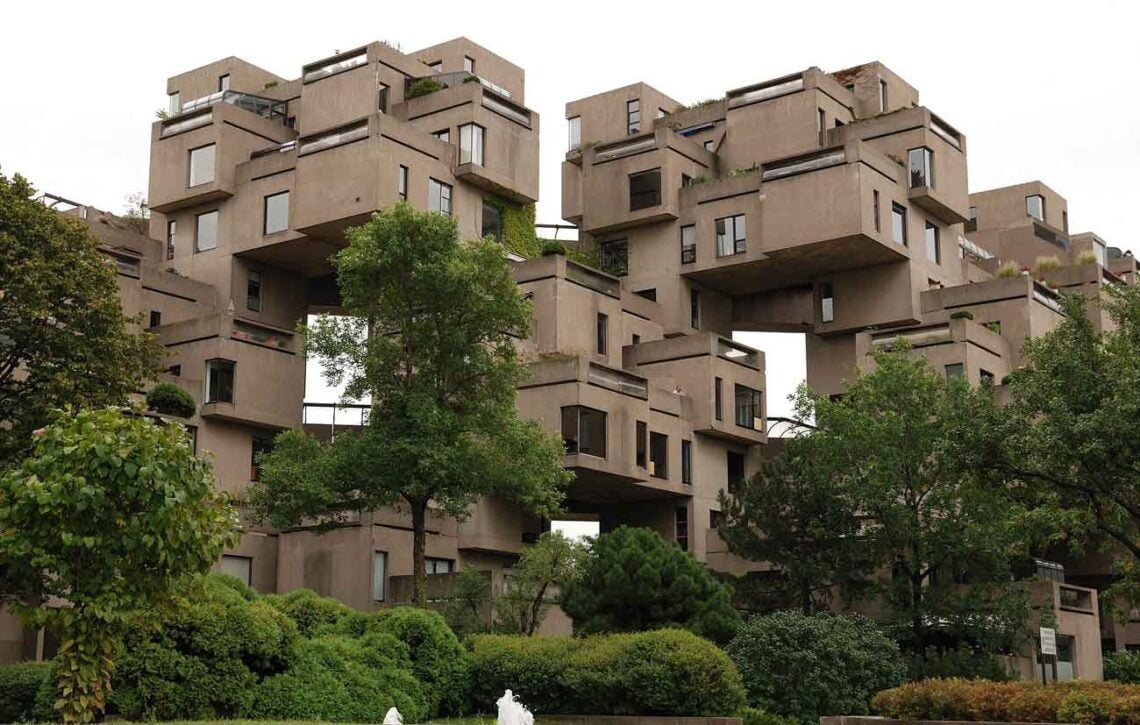
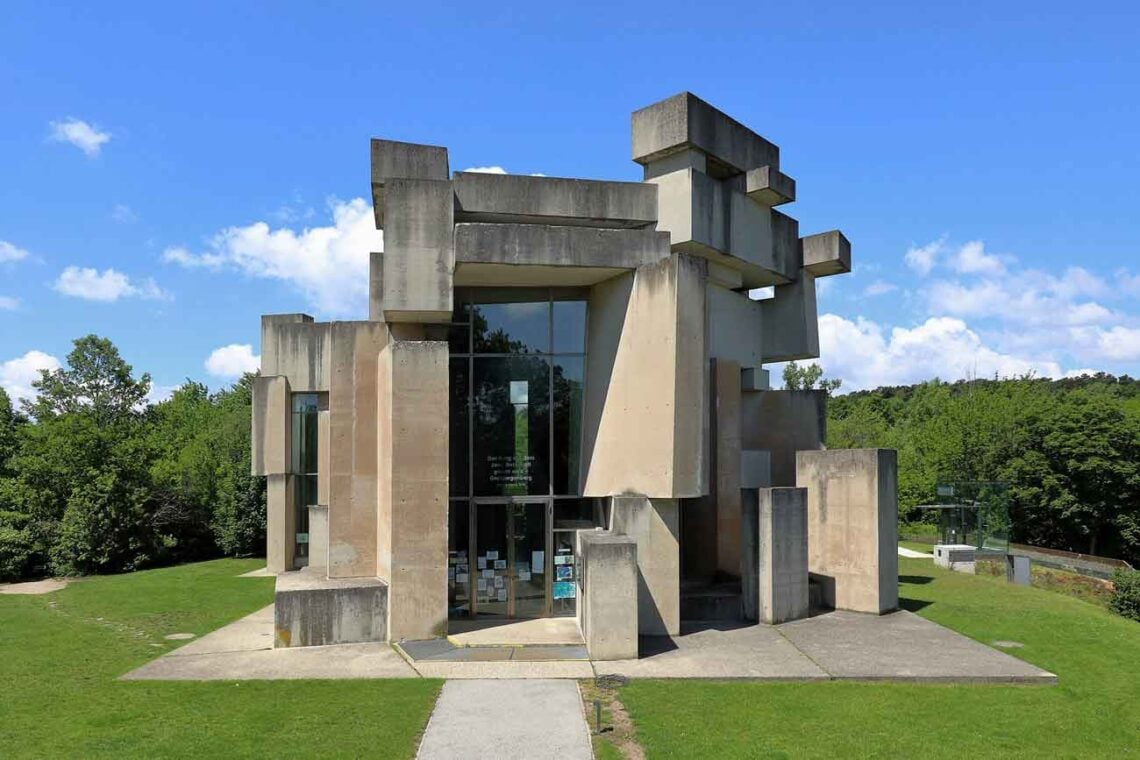
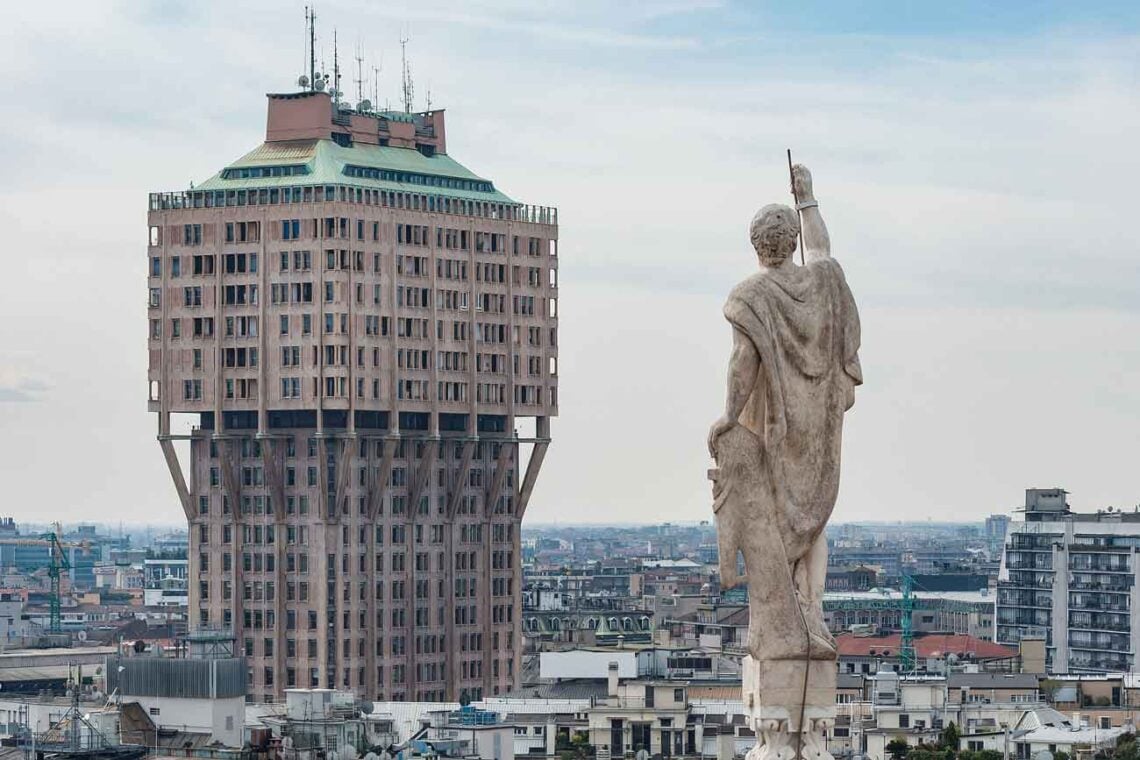
Discover more from reviewer4you.com
Subscribe to get the latest posts to your email.




